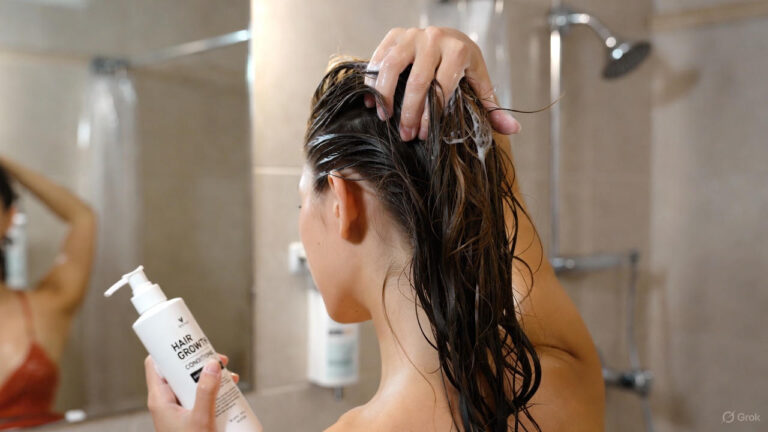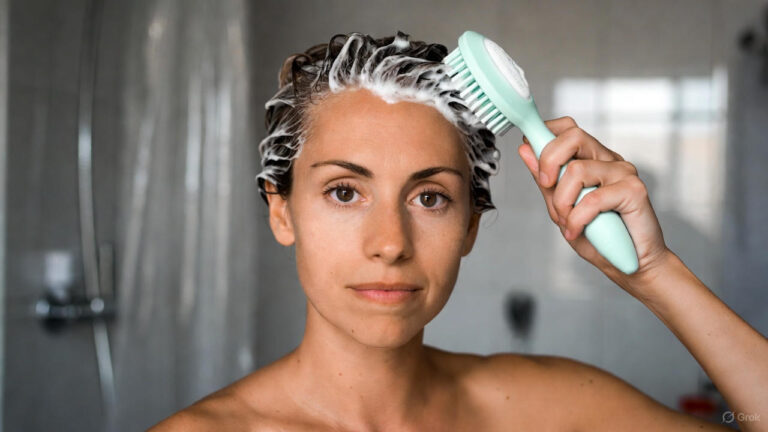Tattoos, once considered taboo, have advanced into a powerful expression of beauty, identity, and cultural heritage. In recent years, the art of tattooing has transcended its subcultural roots, becoming a mainstream phenomenon that intersects with the beauty industry.
The cultural significance of tattoos in beauty extends far beyond aesthetics, delving into the worlds of personal narratives, societal norms, and the preservation of traditions.
This article will unravel the multifaceted layers of tattoo culture, exploring its historical roots, the changing nature of tattoo artistry, and the impact it has on shaping perceptions of beauty.
The Historical Roots of Tattoo Culture
Tattooing is an ancient art form that dates back thousands of years, with roots in various cultures across the globe. From the Maori facial tattoos of New Zealand to the intricate henna designs in India, tattoos have served as markers of identity, rites of passage, and symbols of cultural heritage.
Ancient Traditions: In ancient Egypt, tattoos adorned the bodies of priestesses, serving as a form of protection and devotion to deities. In Japan, irezumi, or traditional Japanese tattoos, were worn by the Yakuza and symbolized status and loyalty. Indigenous peoples of North America utilized tattoos to tell stories of tribal affiliations and achievements.
Tattoo Artistry as a Modern Form of Expression
In the contemporary landscape, tattoo artistry has transformed into a mainstream expression of individuality and personal style. The once stigmatized practice has become an integral part of the beauty industry, attracting individuals seeking unique ways to adorn their bodies.
Evolution of Styles: Tattoo artists today showcase an array of styles, from minimalist designs to intricate watercolor masterpieces. The fusion of various tattoo styles allows individuals to choose art that resonates with their personal aesthetics, making tattoos a dynamic and customizable form of beauty adornment.
Celebrities and Pop Culture: Celebrities have played a significant role in normalizing tattoos as a mainstream beauty choice. From Rihanna’s extensive body art to David Beckham’s inked sleeves, famous personalities have turned tattoos into iconic symbols of style and self-expression, influencing beauty trends and encouraging acceptance of diverse body art.
Tattoos as Personal Narratives
Beyond the visual appeal, tattoos often carry profound personal meanings, serving as visual narratives of one’s journey, beliefs, and experiences. Each tattoo tells a story, encapsulating moments, emotions, and milestones in the wearer’s life.
Symbolism and Meaning: Symbols such as anchors, feathers, and lotus flowers are popular choices, each carrying unique meanings. A compass rose might signify a desire for exploration and adventure, while a rose could symbolize love or remembrance. Understanding the symbolism behind tattoos adds depth to their aesthetic appeal, transforming them into personal talismans.
Cultural Identity: For many, tattoos are a way to connect with and celebrate their cultural identity. Indigenous symbols, religious icons, or quotes in native languages serve as a bridge between the individual and their roots, fostering a sense of pride and belonging.
Impact on Societal Perceptions of Beauty
Tattoos have played a pivotal role in challenging societal norms and expanding the definition of beauty. What was once viewed as rebellious or unconventional is now embraced as a legitimate and valued form of self-expression.
Breaking Stereotypes: Tattoos challenge stereotypes and push back against conventional beauty standards. The acceptance of tattoos in professional settings and their prevalence among individuals of all ages and backgrounds contribute to reshaping societal perceptions, promoting a more inclusive definition of beauty.
Empowerment Through Self-Expression: Tattoos empower individuals to reclaim agency over their bodies and challenge societal expectations. In a world that often imposes rigid beauty norms, tattoos provide a canvas for self-expression, allowing people to define beauty on their terms.
Conclusion
The cultural significance of tattoos in beauty is a fascinating journey that traverses centuries, continents, and personal narratives. From ancient rituals to contemporary expressions, tattoos have advanced into a dynamic form of self-adornment, influencing beauty standards and challenging societal norms. As we continue to celebrate the artistry, symbolism, and empowerment embedded in tattoos, their cultural significance in the world of beauty will undoubtedly endure.
FAQs
Q1: Are tattoos only popular in specific cultures?
No, tattoos have a global presence and are embraced by diverse cultures worldwide. The reasons for getting tattoos, the styles, and the cultural significance may vary, but tattooing is a universal practice.
Q2: How do I choose a tattoo that reflects my personal narrative?
Take time to explore symbols, styles, and motifs that resonate with your experiences and beliefs. Consult with a skilled tattoo artist who can help translate your narrative into a design that is both meaningful and aesthetically pleasing.
Q3: Are there any professions where visible tattoos are still frowned upon?
While attitudes towards visible tattoos in the workplace have advanced, some conservative industries may still have dress code policies that discourage visible body art. It’s advisable to check company policies and consider placement if you work in a field where tattoos may be scrutinized.



